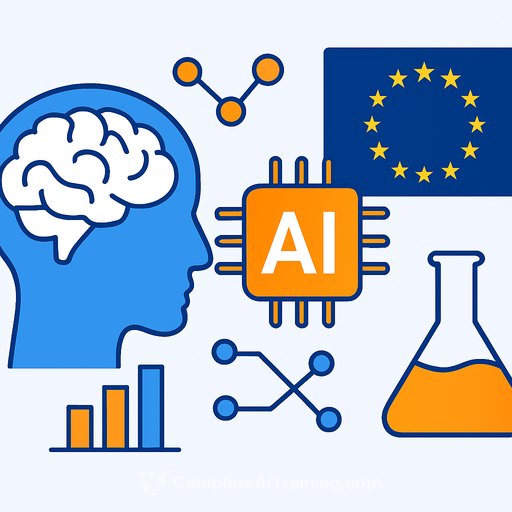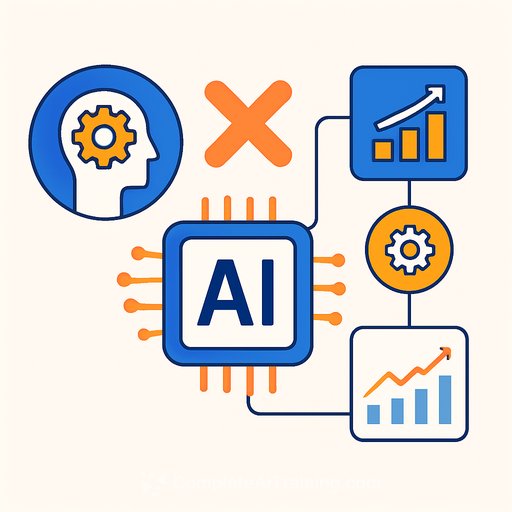Modeling Gene Activation Timing in Brain Development with AI
Researchers at Yale have developed an AI-driven tool named chronODE that precisely models gene activation patterns during brain development. By integrating mathematics, machine learning, and genomic data, this method identifies exact "switching points"—the critical moments when genes reach peak activity. Understanding these timings opens new possibilities for optimizing gene therapies and drug interventions.
How chronODE Works
chronODE combines ordinary differential equations, specifically a logistic model, with AI to track gene expression and chromatin changes over time. Unlike previous studies that captured isolated snapshots, this approach models the dynamic progression of gene activity throughout brain development in mice.
- Logistic Equation: Captures when and how fast genes switch on and off.
- AI Model: Predicts gene expression patterns based on chromatin modifications.
This combination reveals that most genes follow predictable activation patterns, which can be categorized into three main types:
- Accelerators: Genes that speed up activation in later developmental stages.
- Switchers: Genes that ramp up then slow down.
- Decelerators: Genes that gradually slow activation over time.
Practical Implications for Therapeutics
Pinpointing the exact timing of gene activation can influence treatment strategies for genetic diseases. Intervening before a gene reaches its full expression could improve therapeutic outcomes. As Beatrice Borsari, a co-author, explains, knowing the "point of no return" helps determine when a drug will be most effective or when intervention might be too late.
This timing insight could transform approaches in pharmacokinetics, where drug effects depend heavily on when treatments are administered relative to gene activity.
Multidisciplinary Approach
The chronODE framework represents a collaboration between computational biology, biomedical engineering, and machine learning. By applying mathematical models to complex biological data, the researchers have created an interpretable method to study gene regulation kinetics in development and disease.
Applications Beyond Brain Development
While the current study focuses on mouse brain development, chronODE’s framework can apply broadly to other biological systems. It has potential uses in disease modeling, basic genomic research, and the development of targeted therapies. Its predictive power for gene expression based on chromatin changes offers a valuable tool for studying gene regulation mechanisms.
Key Facts at a Glance
- chronODE Tool: Combines math and AI to model gene activation and chromatin dynamics over time.
- Switching Points: Identifies critical moments when gene expression can be effectively modulated.
- Gene Patterns: Categorizes genes into accelerators, switchers, and decelerators based on activation kinetics.
The study detailing chronODE was published in Nature Communications.
For those interested in the intersection of AI, machine learning, and genomics, tools like chronODE illustrate the practical value of combining computational methods with biological data to enhance treatment timing and precision medicine. To explore more AI-driven approaches and courses in this area, visit Complete AI Training.
Your membership also unlocks:










